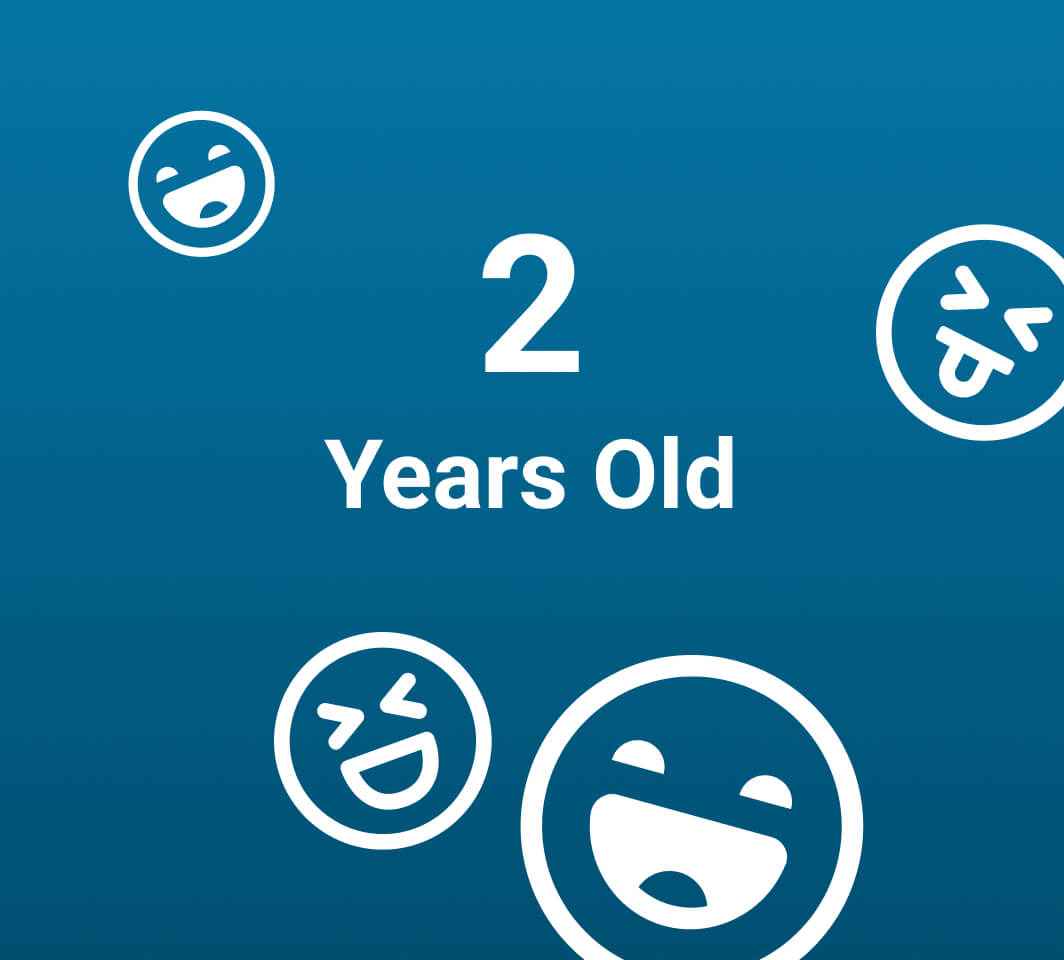Your 2 Years Old Toddler’s Nutrition
Ensuring your toddler is getting the right nutrition is critical for their growth and development. Professor Joe Millward, Emeritus Professor of Human Nutrition, University of Surrey, attributes good growth to a healthy balanced diet, physical activity and sufficient sleep. Prof. Millward shared that some nutrients are more important than others in terms of the linear growth of the bones, and we can separate individual nutrients into two types:


